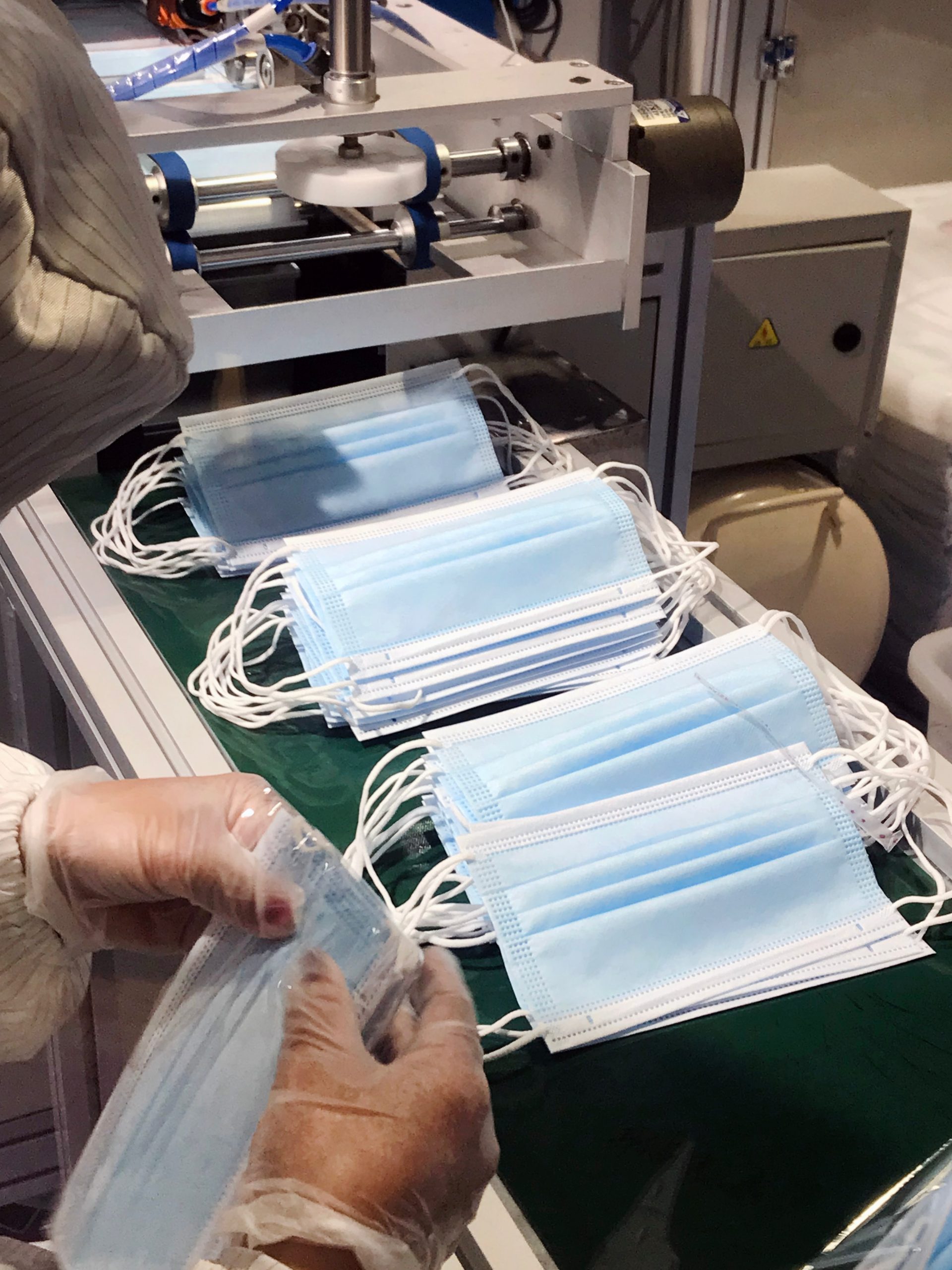
Building Medical Supply Chain Resilience through a U.S. Manufacturing Reserve and Digital Stockpile
Summary
To prevent another medical supply chain breakdown like the one experienced during the COVID-19 pandemic, the Federal Government must create an emergency response plan to activate domestic, local medical supply manufacturing. A national network of small-to-mid-size manufacturers and prototyping labs — a U.S. Prototyping and Manufacturing Reserve — should be formalized and incentivized to act as first responders for emergency innovation and medical supply manufacturing needs.
To properly equip the Reserve, the Federal Government should build a comprehensive library of open source medical and emergency supply “blueprints” — a U.S. Digital Stockpile — that consists of manufacturing requirements to enable distributed local emergency production. Combined, these new national security resources will facilitate rapid local response to both regional disasters and international supply chain disruptions.
To understand the range of governmental priorities for the bioeconomy, we spoke with key agencies represented on the National Bioeconomy Board to collect their perspectives.
Congress should foster a more responsive and evidence-based ecosystem for GenAI-powered educational tools, ensuring that they are equitable, effective, and safe for all students.
Without independent research, we do not know if the AI systems that are being deployed today are safe or if they pose widespread risks that have yet to be discovered, including risks to U.S. national security.
Companies that store children’s voice recordings and use them for profit-driven applications without parental consent pose serious privacy threats to children and families.